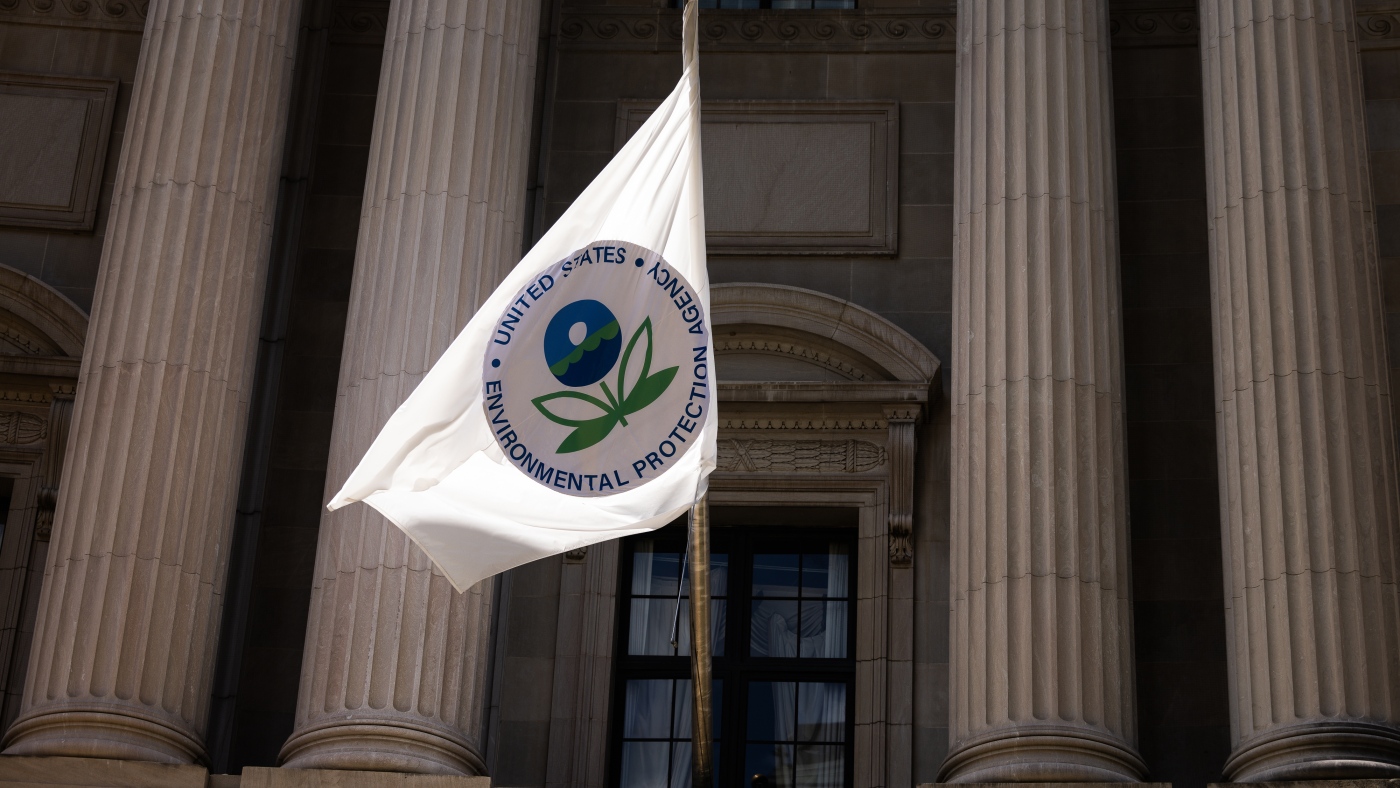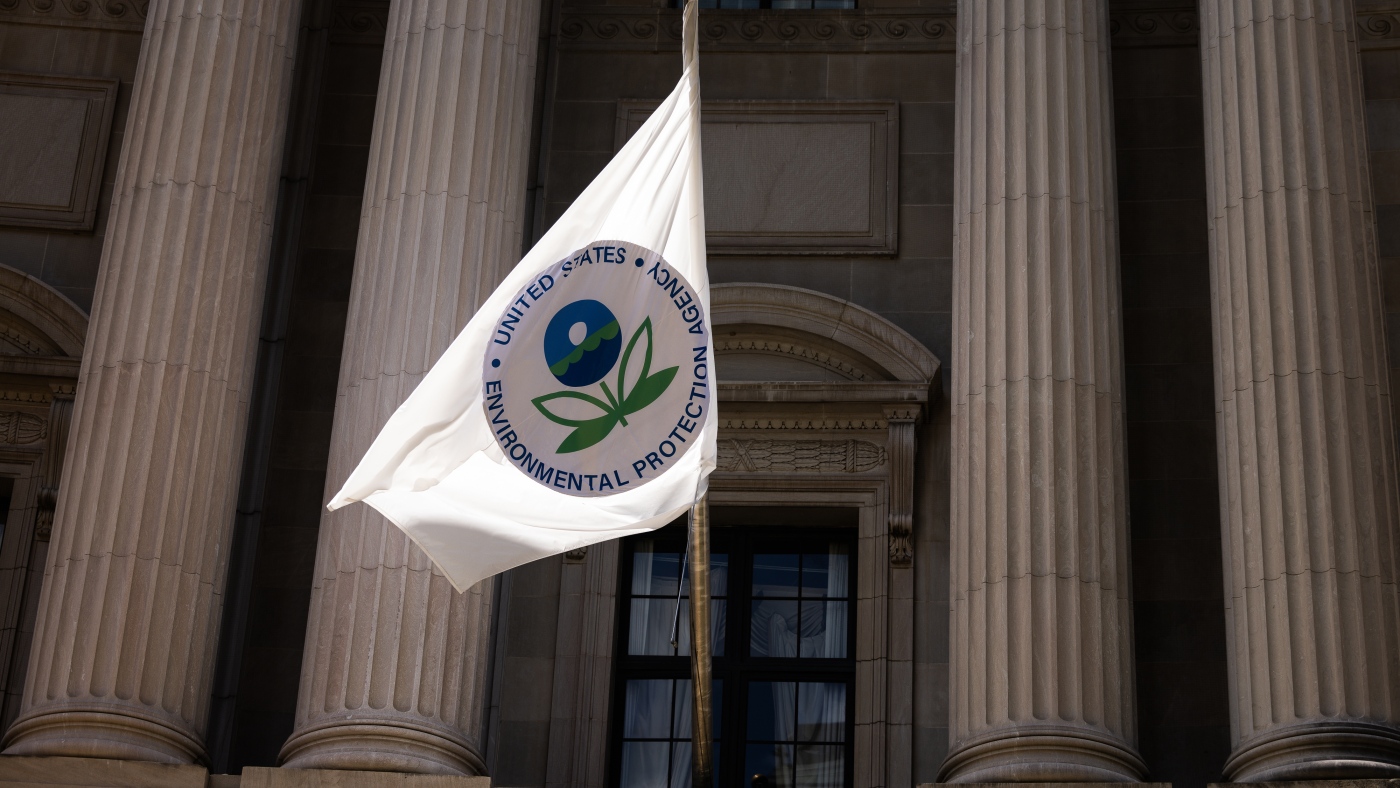The Erosion of Scientific Integrity: The EPA’s Research Arm Elimination and Its Consequences
Introduction: A Shift in Environmental Governance
The Environmental Protection Agency (EPA) has long been regarded as a cornerstone of environmental stewardship, relying on rigorous scientific research to inform policy decisions. However, a significant shift occurred under the Trump administration, marked by the elimination of the EPA’s Office of Research and Development (ORD). This decision, framed as an effort to streamline operations, has had profound implications for environmental protection, public health, and the role of science in governance. The dismantling of the ORD represents more than a bureaucratic reorganization; it signifies a broader trend of politicizing science and undermining the EPA’s ability to fulfill its mission.
The Office of Research and Development: A Pillar of Environmental Science
The ORD was the EPA’s primary scientific division, employing over a thousand experts dedicated to conducting independent research and providing the scientific foundation for environmental regulations. Its work was critical in several key areas:
– Environmental Hazard Assessment: The ORD identified and evaluated threats from toxic chemicals, climate change, air pollution, and water contamination.
– Innovative Scientific Tools: The office developed advanced methods for monitoring and mitigating environmental risks.
– Technical Guidance: It provided expertise to other EPA offices, state governments, and the public on environmental issues.
– Public Health and Ecosystem Protection: The ORD’s research directly contributed to safeguarding human health and ecosystems from pollution.
The ORD’s work was instrumental in ensuring that environmental policies were based on sound science, acting as a bulwark against political interference and special interests.
The Justification for Elimination: Efficiency or Ideology?
The Trump administration justified the elimination of the ORD as a means to streamline the EPA, reduce bureaucracy, and refocus resources on “core” functions. The argument was that scientific expertise would be integrated into program offices, aligning research more closely with regulatory activities. However, this rationale was met with skepticism.
Critics argued that the elimination of a dedicated research arm would compromise the EPA’s scientific independence, weaken its ability to address emerging environmental threats, and prioritize regulatory outcomes over scientific objectivity. The relocation of scientists to program offices raised concerns about potential conflicts of interest, as these offices often face pressure to align with political agendas rather than scientific evidence.
The Consequences: A Diminished EPA
The dismantling of the ORD has had far-reaching consequences for the EPA’s scientific capacity and independence:
– Compromised Scientific Independence: By dispersing scientists throughout the agency, the administration made them more susceptible to political pressure, reducing their ability to challenge regulatory agendas.
– Reduced Research Capacity: The loss of specialized research facilities and expertise has hindered the EPA’s ability to conduct cutting-edge research and address complex environmental challenges.
– Erosion of Public Trust: The perception that the EPA’s scientific integrity has been compromised has undermined public confidence in the agency’s ability to protect human health and the environment.
Broader Implications: Environmental and Public Health Risks
The elimination of the EPA’s scientific research arm has significant implications for environmental protection and public health:
– Weakened Environmental Regulations: Without robust scientific support, the EPA is less equipped to develop and enforce effective environmental regulations, leaving communities vulnerable to pollution and environmental hazards.
– Increased Health Risks: Reduced environmental protection can lead to higher levels of air and water pollution, exposing people to harmful toxins and increasing the risk of respiratory illnesses, cancer, and other health problems.
– Disproportionate Impact on Vulnerable Communities: Low-income communities and communities of color, which are already disproportionately affected by environmental pollution, are likely to suffer the most from weakened environmental protections.
– Impeded Progress on Climate Change: By undermining the EPA’s scientific capacity, the elimination of the ORD has hampered efforts to address climate change, one of the most pressing environmental challenges of our time.
The Politicization of Science: A Dangerous Precedent
The dismantling of the EPA’s scientific research arm is a stark example of the politicization of science. By prioritizing political agendas over scientific evidence, the Trump administration undermined the integrity of the EPA and jeopardized the health and well-being of the American people. This action sent a chilling message to scientists both inside and outside the agency, signaling that their work was not valued and that their voices would be silenced if they challenged the administration’s policies. It has also created a climate of fear and uncertainty, making it difficult for the EPA to attract and retain top scientific talent.
Rebuilding the EPA: A Path Forward
The elimination of the EPA’s scientific research arm represents a significant setback for environmental protection and public health. However, it is not irreversible. As we move forward, it is imperative to rebuild the EPA’s scientific capacity, restore its independence, and ensure that science plays a central role in environmental policy-making.
– Reinvest in Scientific Research: Congress should increase funding for environmental research, particularly at the EPA, to support the development of innovative technologies and strategies for addressing environmental challenges.
– Strengthen Scientific Independence: Congress should enact legislation to protect the EPA’s scientific integrity and ensure that scientists are free to conduct research and communicate their findings without political interference.
– Restore Public Trust: The EPA should engage in open and transparent communication with the public about its scientific findings and decision-making processes, to rebuild trust in the agency’s ability to protect human health and the environment.
– Empower Scientists: The EPA should create a supportive and collaborative environment for scientists, encouraging them to engage with policymakers and the public, and providing them with opportunities for professional development.
Conclusion: A Warning for the Future
The dismantling of the EPA’s scientific research arm serves as a stark reminder of the importance of science in protecting our environment and safeguarding public health. When science is ignored, distorted, or suppressed, the consequences can be devastating. It is our collective responsibility to ensure that science is valued, respected, and used to inform policy-making, so that we can build a healthier, more sustainable future for all. The elimination of the EPA’s research arm wasn’t just a bureaucratic reshuffling; it was a symbolic and practical weakening of the very foundations upon which environmental protection rests.
Only through a renewed commitment to scientific integrity and a robust investment in environmental research can we hope to address the complex environmental challenges that face our world. The future of our planet depends on it.








